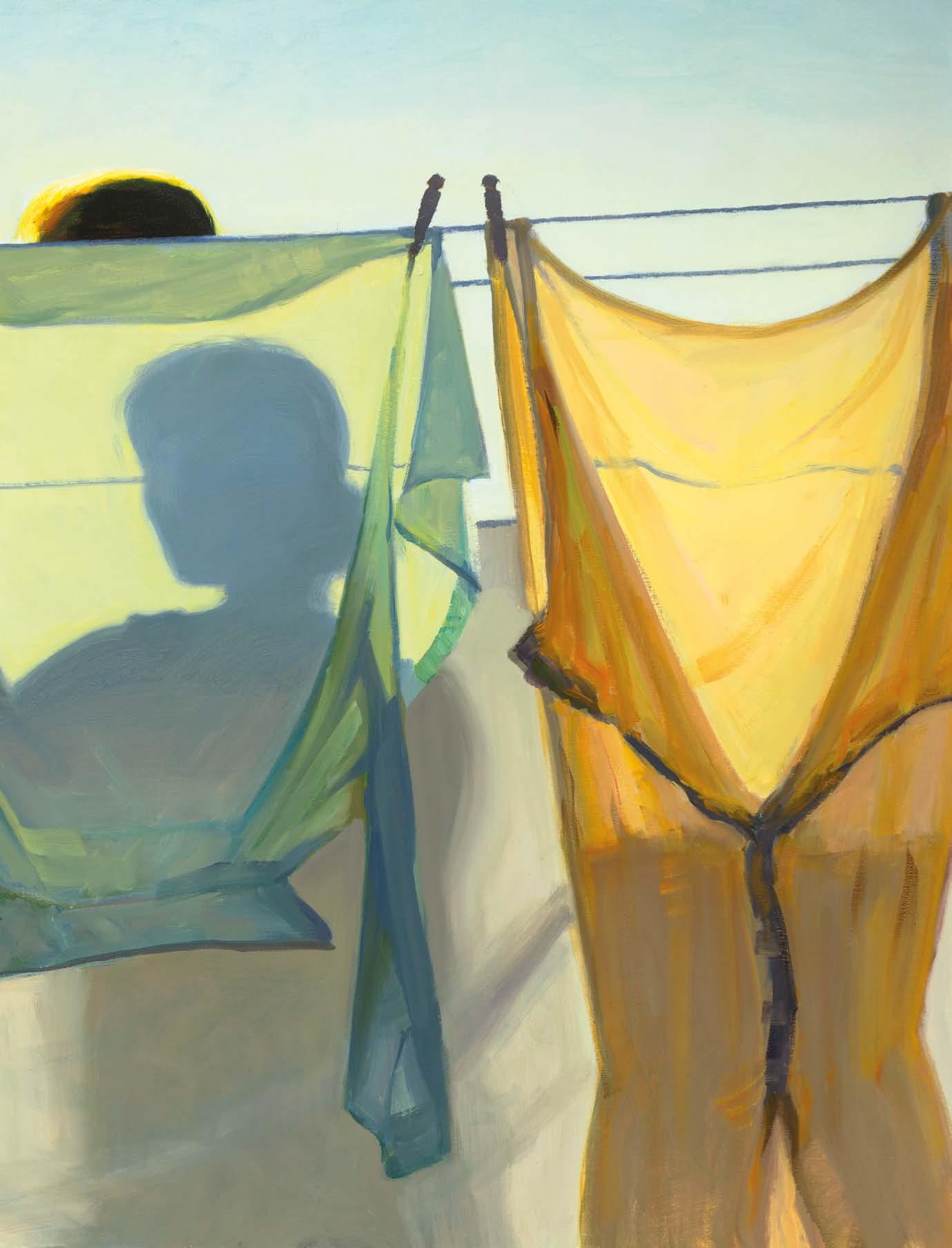Waysseeingof
Portrait masterclass with Jake Spicer



Portrait masterclass with Jake Spicer


This artist transforms light and shadows into emotional depth, blending meticulous preparation with instinctive creativity
Federico Rizzo’s still life paintings often feature fruits and laid tables reminiscent of 17th-century masters like Adriaen Coorte and Artemisia Gentileschi. “Still life art painting shows the beauty, perfection and harmony which is around us,” he says. He views this genre as a magnifying glass, revealing details often missed in everyday life. “The 17th-century artists represent the highest level of expression of this painting genre.”
His journey as an artist began with a childhood gift – his first camera. “I received my first photo camera as a gift when I was a child,” he reminisces. This early exposure to the manipulation of light and shadows through photography deeply influenced his artistic path.
“Observing the real world and studying the great masters of photography, I experienced the art of manipulating lights and shadows.” For Federico, painting emerged as a more instinctive and emotional way to engage with reality.
“It was intuitive for me as an artist to mix colours, add shadows, give forms to subjects and be part of a painting composition.”
The artist’s adept handling of light and shadows is evident in his work, drawing from his photographic roots. “My first photos were black and white with a strong
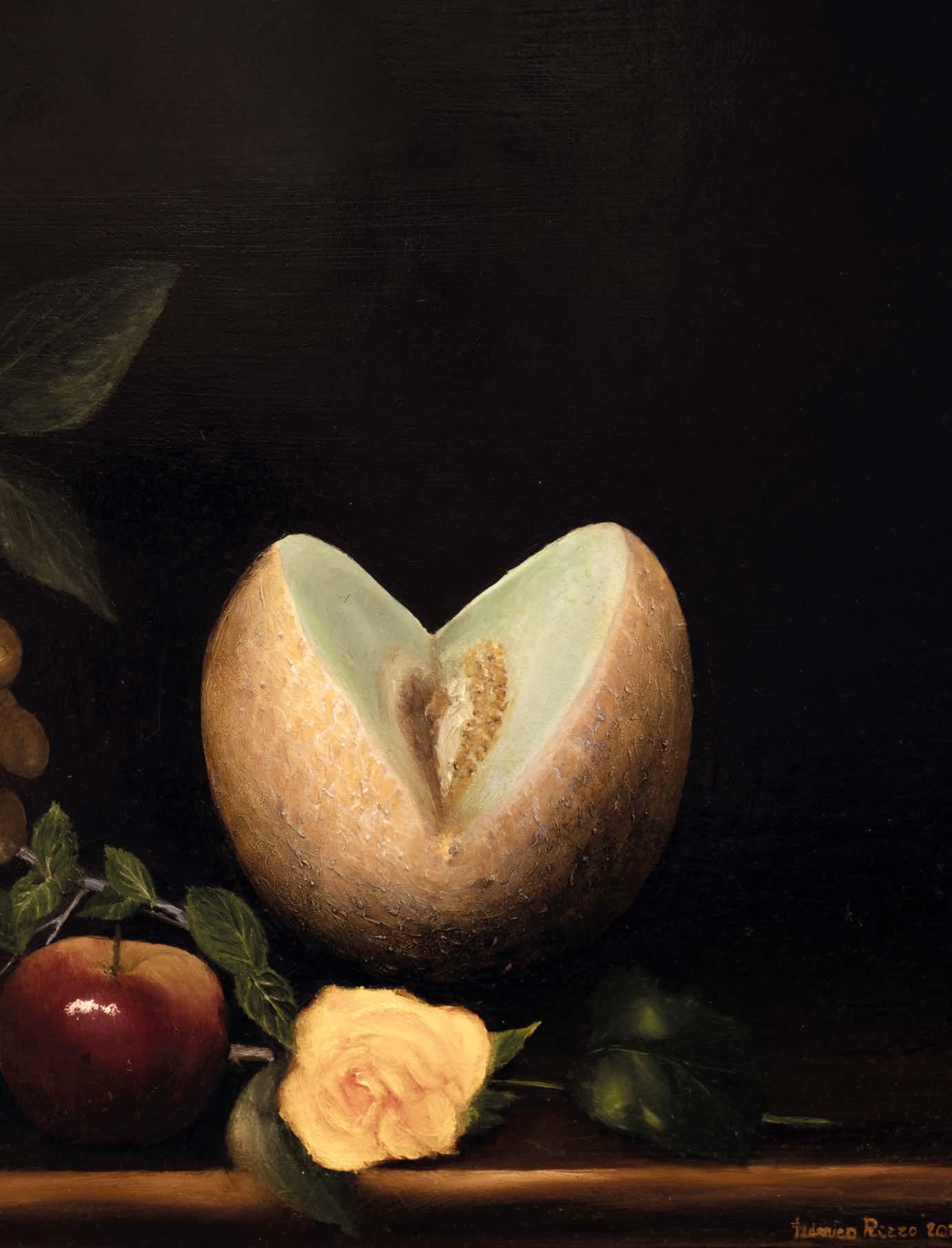
emotional impact,” he notes, connecting his approach to the chiaroscuro (light-dark) technique used by masters like Caravaggio. This technique, coupled with his exploration of personalised colour palettes, enhances the emotional depth of his paintings.
His experiences as a photographer and documentarist significantly influence his painting approach. “As a photographer, I have experimented with the process of colour grading which may enhance forms and detail of a particular subject,” he explains. This process, he believes, is crucial in painting, where it “is profoundly influenced by the choice of the colour palette.”
In his creative process, Federico relies on instinct and the interplay of light. “The subject is the key around which all elements turn around,” he explains. He follows the direction of light as it creates forms and shadows, leading to moments when “my subject becomes real; perfect.”
Balancing technical skill with emotional expression is central to Federico’s work. “There is no conflict,” he asserts. “Only if you develop high skills in manipulating colour, will you be able to elevate the quality of your paintings.”
For Federico, painting is akin to a symphony where “all elements need to be in the right place.” britishartclub.co.uk/profile/fredjro ▫
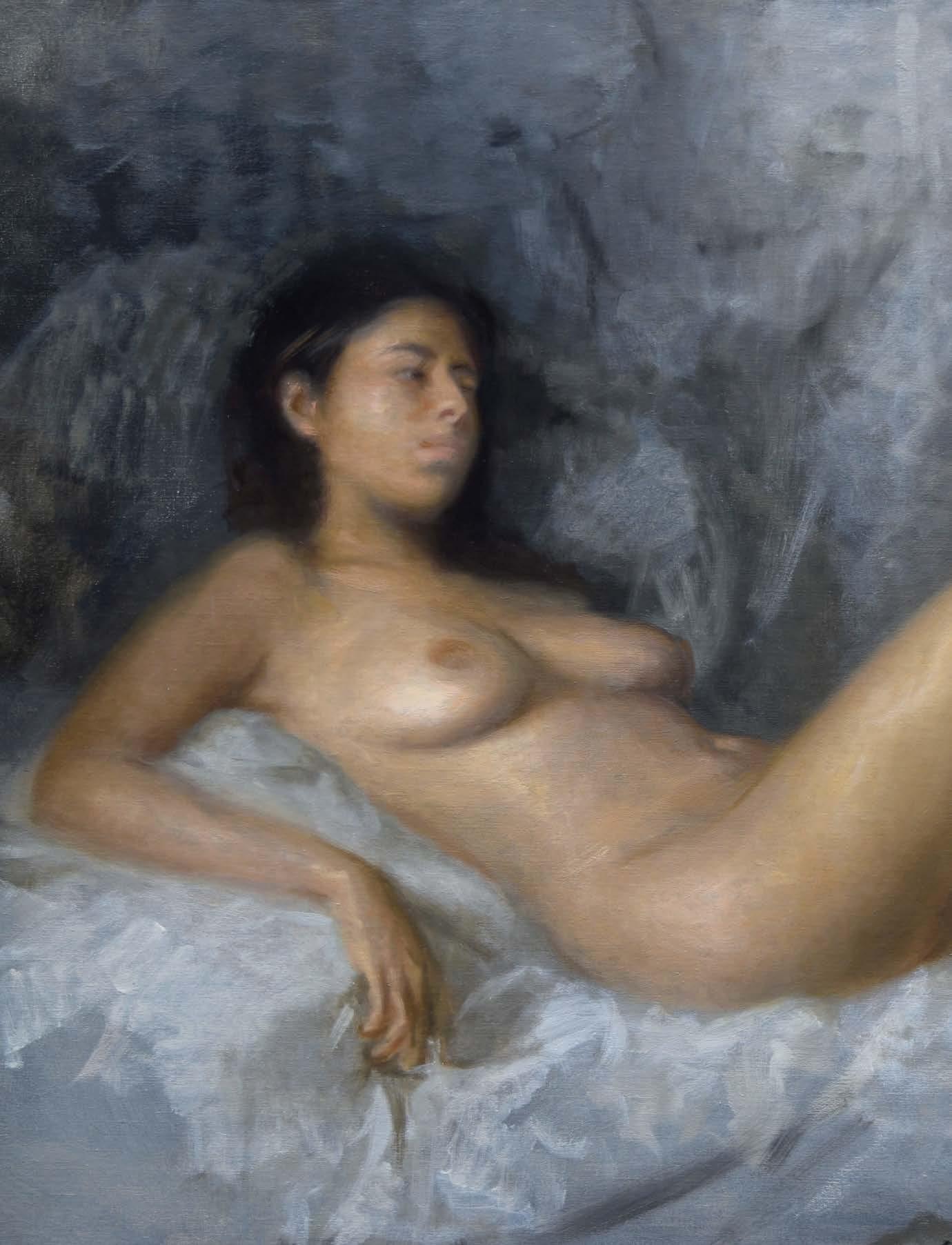
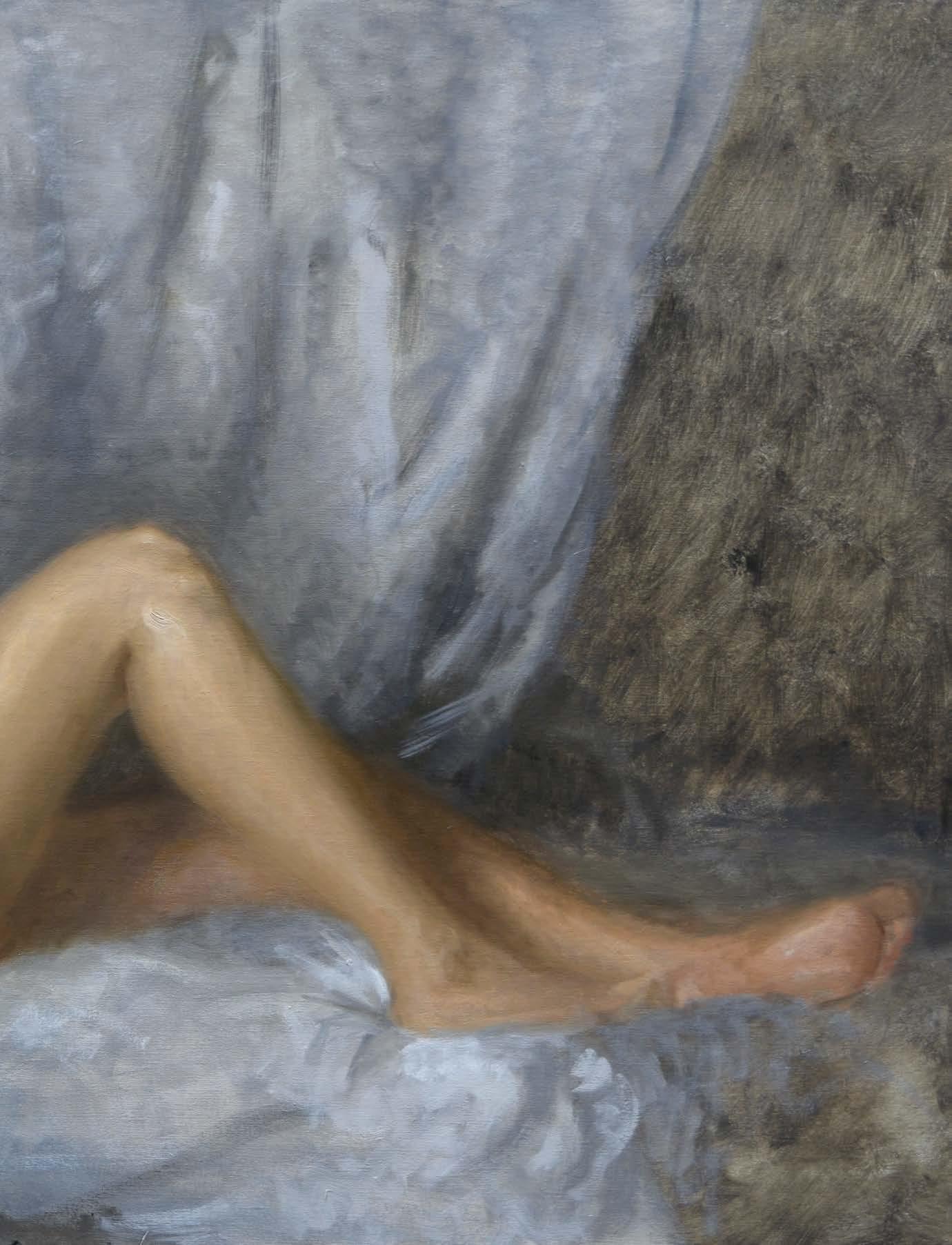
This artist’s timeless portraits blend classic techniques with contemporary aesthetics, offering a captivating glimpse into the essence of her sitters. Sara Mumtaz learns more ▸
With one of his paintings currently on display in the National
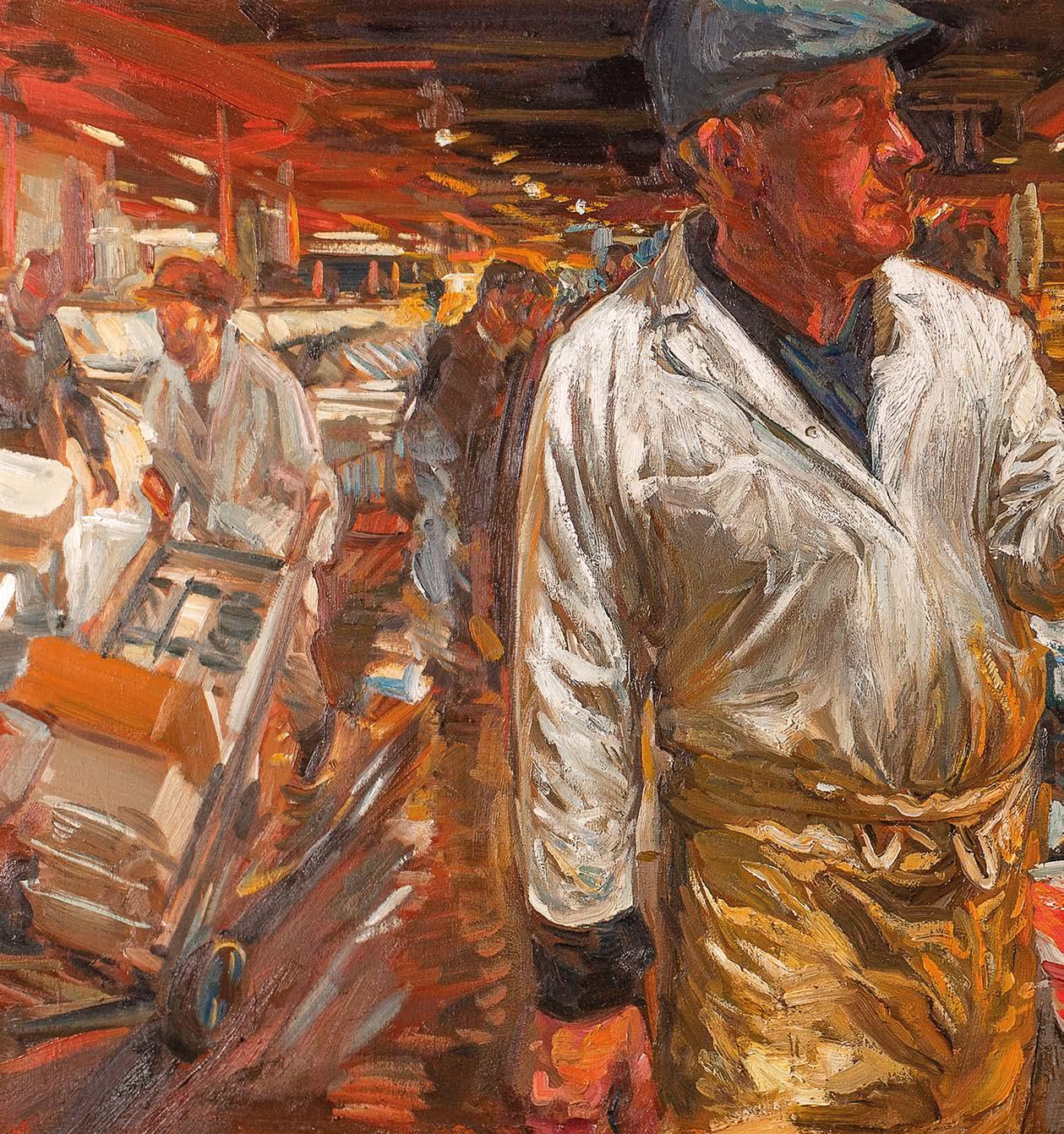
Portrait Gallery, LEWIS HAZELWOOD - HORNER tells Sarah Edghill how he approaches his work ▸


This artist masterfully captures light and shadow, creating strikingly evocative pieces, says Ramsha
